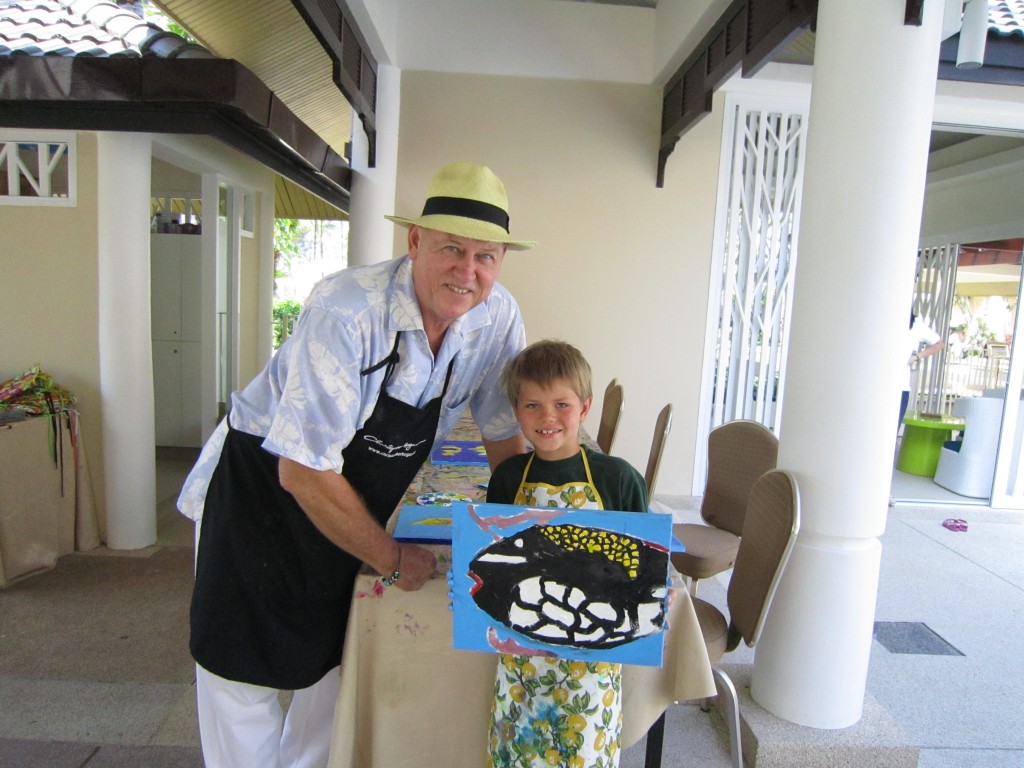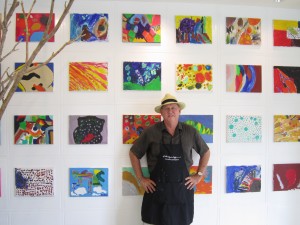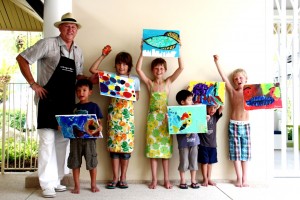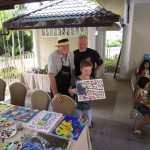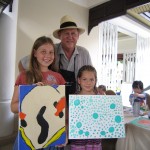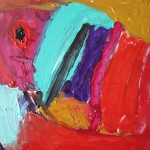My Reef Series of paintings
I was recently asked by “Destinations of the World News” magazine….”Where do you feel most inspired to paint?”
This was an interesting question posed by Destinations of the World News‘ Deputy Editor Caitlin Cheadle.
My response was considered as I have been painting images of marine creators for many years now.
“Because most of my subject matter mainly involves creating compositions using macro images of marine life, I find inspiration anywhere in the world where there are coral reefs. The Maldives in particular is perfect because I am completely surrounded by marine life and far away from the busy cities, so it is ver inspiring. I snorkel and dive and use my underwater camera to help me create my compositions.”
Maldives Marine Life
Corals

There are several kinds of corals of which the stony coral (Order Madreporaria or Scleractinia), numbering around a thousand species, is the most widely distributed. Living either solitarily or in colonies, stony corals occur in all tropical oceans, growing best up to 30 meters. These corals are also sometimes seen at an incredible depth of 20,000 feet. Stony corals make up vast coral reefs and Atolls, some of them as old as 70 million years. When one polyp dies another takes its place and continues to grow until the reef is created.
However by nature they are slow in growth (averaging about 5 to 28 mm a year), a damaged or destroyed reef requires a long time to rebuild. The most common and most popular types of stony corals include the mushroom, the brain, the staghorn, and the star corals, all named so for their distinctive shapes. The 1,200-odd species of horny corals (Gorgonacea) thrive in shallow tropical waters. Their branches, sometimes ribbon-like, can grow to lengths of occasionally up to 10 feet. The rose coral belonging to this class is used in making interesting pieces of jewelry. The one living species of blue coral (Coenothecalia) occurs on the reefs of stony corals. Colonial oceans where they form large lumps, some of them spanning two meters in diameter.
Other kinds of corals include the black and thorny corals (Antipatharia), numbering a hundred species; and soft corals, a widely distributed group. Soft corals are not true corals. One important distinguishing factor is their tentacles which, instead a being simple as in true corals, are fringed and each polyp has 8 tentacles instead of the usual 6 or a multiple of 6. A close relative of soft corals is the beautiful organ-pipe coral, which when it expands resembles a delicate flower. The organ-pipe consists of a mass of vertical tubes, joined at intervals throughout their length by thin horizontal plates. The purplish skeleton contains a pale lilac-coloured polyp.
Though almost all corals are sedentary, ie; animals permanently fixed to the substratum, there is a species of walking coral. Though dubbed so, it actually does not move on its own, but represents a fine example of symbiosis. The Heteropsammia Michelinii has a marine worm living in its limy skeleton and as this worm moves around, foraging for food, it drags the small one-inch-long coral with it.
The reef islands of the Maldives are the result of a process of coral formation known as “accretion”. Rubbles of reef rock broken off from the reef by heavy cyclonic storms and waves create reef-top shoals. Due to the normal action of waves and ocean currents other materials begin to gradually accumulate. Beaches develop around these shallows with the wind heaping up the lighter materials into dunes. The material being almost entirely made of Calcium Carbonate readily dissolves in rainwater and the dissolved lime is then redeposited around the loose materials, cementing it together. Soon such newly-formed islands are inhabited and colonised by plants and animals.
Corals exemplify some of the richest known ecological communities supporting countless other living organisms, intertwined in the complex web of food and resource competition. Seaweeds grow on the skeletons of dead coral together with sponges and other animals. Molluscs graze on algae while predators such as Reef Sharks, Groupers, Rock Cod, Lionfish, Scorpion fish, Stonefish, and Eels lurk amongst the coral jungles which provides them with a perfect hunting ground. At times corals themselves end up in the beak-like jaws of parrotfish or other predators like butterfly fish, commonly found denizens of this spectacular microcosm.
Reefs prevent soil erosion. And with their brilliant hues and sculpted shapes corals and beauty, enticing people to dive underwater to appreciate some of nature’s most magnificent of creations. Corals constitute a very delicate ecosystem which requires our tender care and nurturing.
Visitors are advised not to pickup corals from the sea or attempt to export them.
 Toucan is a brightly colored bird commonly found in the rain forests of the Central and South America. Toucans are birds with variety in color as well as the size. Bright in color having red, blue, yellow, orange etc. and the size varies from 14 to 30 inches. These birds have a distinguished feature by having a long bill that is approximately half the size of their body. This bill is not very sharp or strong but is made of a tough material and helps the bird in getting food from inside the holes of the trees and help them protect themselves. The birds live on trees in a group of six to seven birds. They have big claws that help them balance on the trees, the two claws are in the front and two at the back. There colorful wings help them ambush with the leaves and the fruits. They are quite lazy birds and do not fly high or far away, they stay in the jungles and enjoy the fruits of the trees on which they live.Toucans are forgivers as well as omnivores. Though they mainly eat fruits but also feed upon insects, rodents, reptiles, eggs and chicks of the other birds. Toucans are mostly hunted by the humans, big birds, jaguars and wild cats. There are almost 37 species of toucans. They generally stay alone or with a mate. The female gives 3 to 4 eggs at a time and both together incubate the eggs. The young ones have very small bill which takes few months to develop properly. They are very noisy and make loud sounds. When it comes to rest they roll themselves and sleep in the holes of the trees. The facts show that Toco Toucan with orange yellowish colored bill about 7.5 inches is the largest toucan and the smallest species is the Aracar Toucanet. Toucans are related to woodpeckers.
Toucan is a brightly colored bird commonly found in the rain forests of the Central and South America. Toucans are birds with variety in color as well as the size. Bright in color having red, blue, yellow, orange etc. and the size varies from 14 to 30 inches. These birds have a distinguished feature by having a long bill that is approximately half the size of their body. This bill is not very sharp or strong but is made of a tough material and helps the bird in getting food from inside the holes of the trees and help them protect themselves. The birds live on trees in a group of six to seven birds. They have big claws that help them balance on the trees, the two claws are in the front and two at the back. There colorful wings help them ambush with the leaves and the fruits. They are quite lazy birds and do not fly high or far away, they stay in the jungles and enjoy the fruits of the trees on which they live.Toucans are forgivers as well as omnivores. Though they mainly eat fruits but also feed upon insects, rodents, reptiles, eggs and chicks of the other birds. Toucans are mostly hunted by the humans, big birds, jaguars and wild cats. There are almost 37 species of toucans. They generally stay alone or with a mate. The female gives 3 to 4 eggs at a time and both together incubate the eggs. The young ones have very small bill which takes few months to develop properly. They are very noisy and make loud sounds. When it comes to rest they roll themselves and sleep in the holes of the trees. The facts show that Toco Toucan with orange yellowish colored bill about 7.5 inches is the largest toucan and the smallest species is the Aracar Toucanet. Toucans are related to woodpeckers.


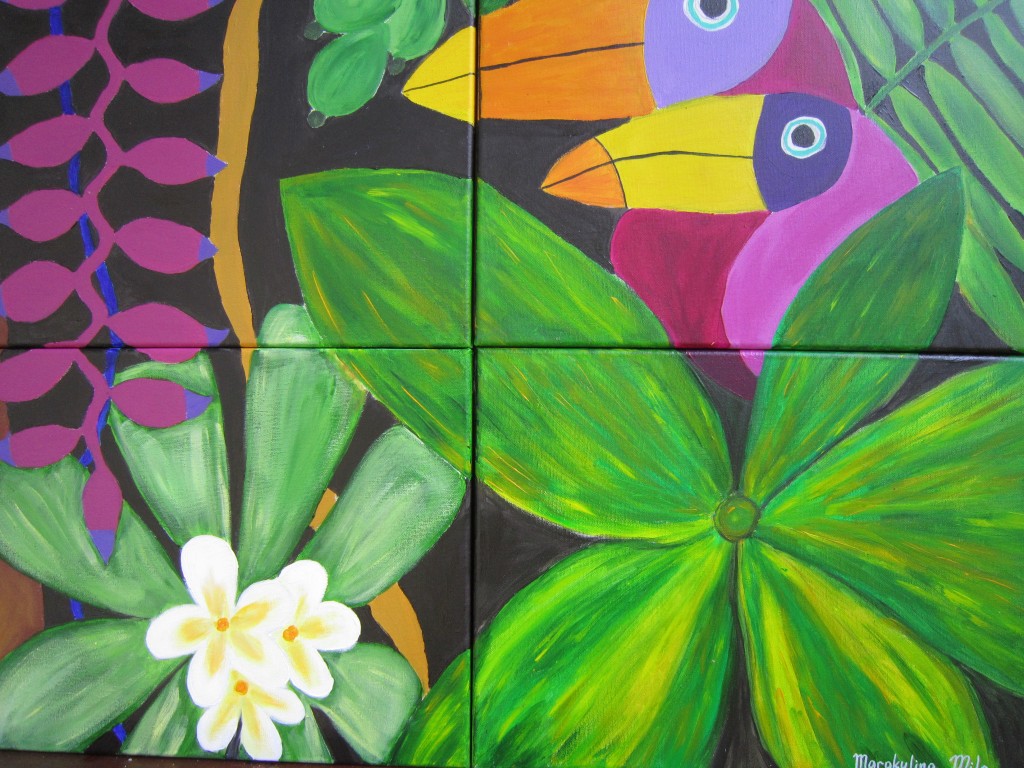
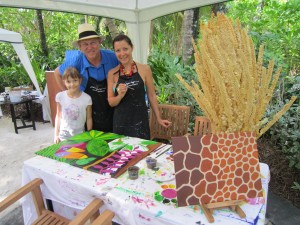


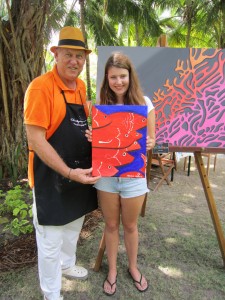
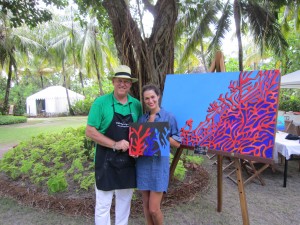

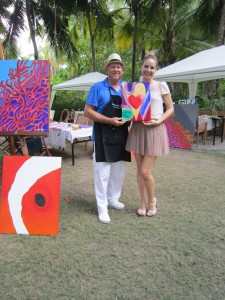

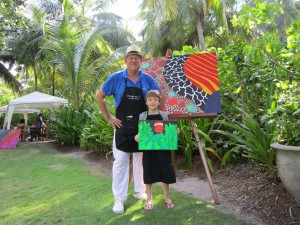
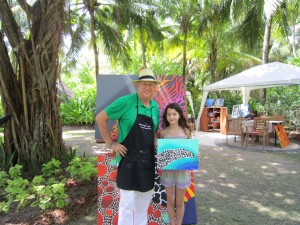
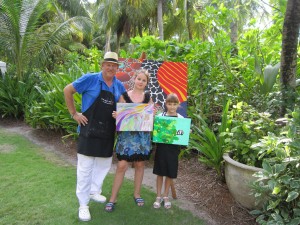
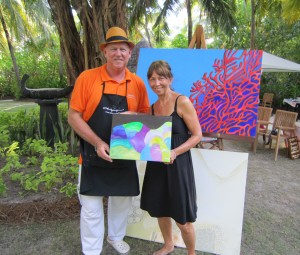

 Reviewed January 5, 2012
Reviewed January 5, 2012



